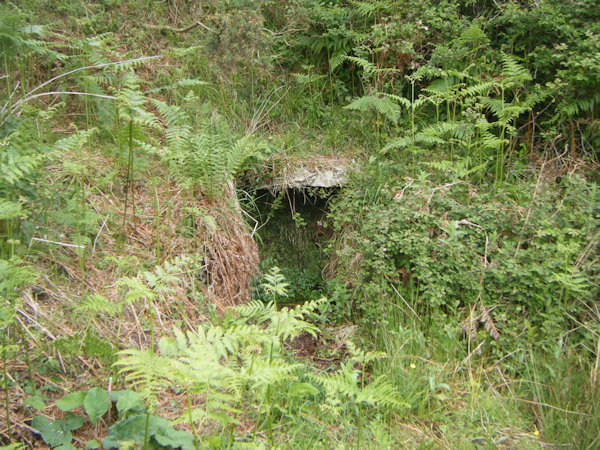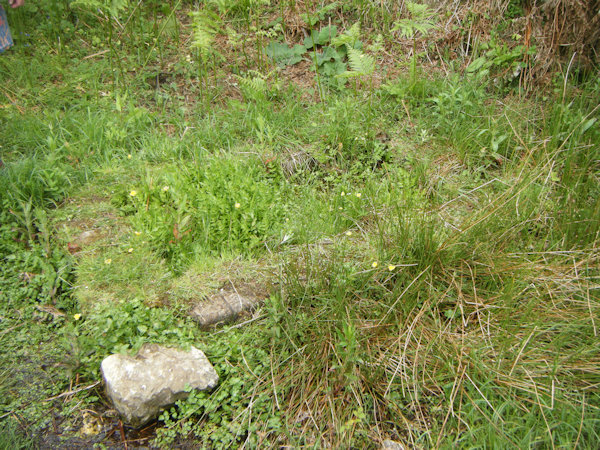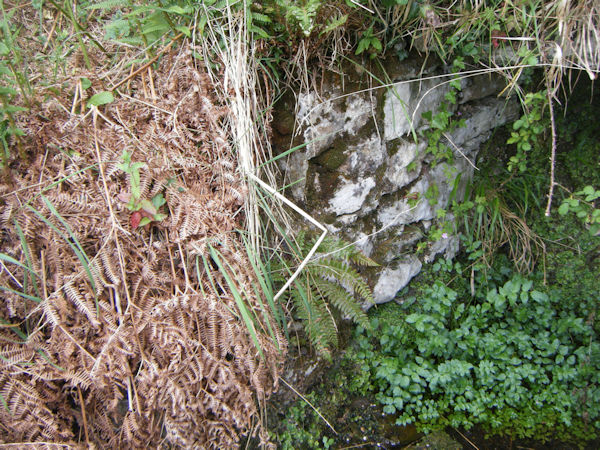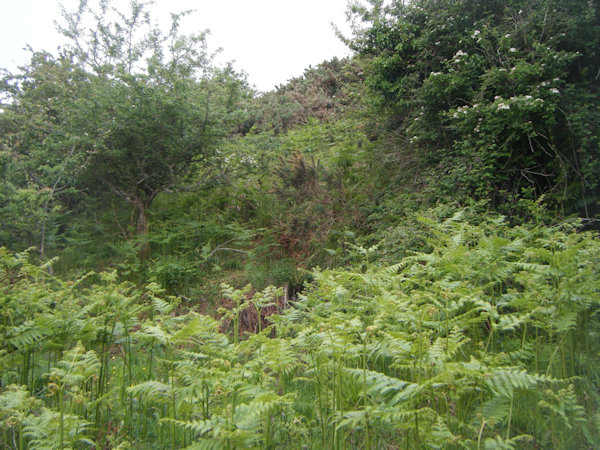 |
Dedication: Saint Tudno Location: Great Orme Coordinates: 53.33659N, -3.84779W Grid reference: SH770837 Heritage designation: none |
HOME - WALES - CAERNARFONSHIRE
 |
Dedication: Saint Tudno Location: Great Orme Coordinates: 53.33659N, -3.84779W Grid reference: SH770837 Heritage designation: none |
St Tudno is one of the few Welsh saints who was actually of Welsh descent, the majority of his contemporaries having originated from Brittany or Ireland. He is said to have been the son of Seithyn Hen, a Welsh chieftain who reputedly owned a large portion of land on the west coast of modern-day Merionethshire and Cardiganshire. According to legend, Seithyn's fortune was wrecked after his lands were suddenly submerged by the sea in the late 5th century, thus forming Cardigan Bay. Having lost their inheritance, Tudno and his brothers turned to monasticism, and are alleged to have joined the famed monastery of St Deiniol at Bangor on Dee; as a result of this, the majority of his siblings became saints.
Traditionally, it is said that Tudno arrived at what is today Llandudno at some point during the 6th century, and selected one of the caves on the Great Orme, apparently one named Ogof Llech, to serve as his hermitage. If an anonymous reply to a letter that was published in Notes and Queries in 1856 is to be believed, then Tudno specifically chose the Great Orme for his cell because it was particularly important in the "Druidic religion"; apparently, a "sacred fire" was "exhibited" here annually on the 1st of May. Tudno almost certainly founded his church on the site of an important pagan site, and the same undoubtedly goes for the holy well.
It is not clear how exactly St Tudno's Well was used during the medieval period, but the church and spring, as well as a nearby stone called "Cryd Tudno" (meaning "Tudno's cradle"; it is supposed to have originally been an ancient "Druidic monument"), were definitely the centre of his cult, which does not appear to have been present anywhere else in Wales. There is a high chance that pilgrims would, therefore, have visited the Great Orme, perhaps as part of a pilgrimage to a more important destination, like Bardsey Island, and the church would, at the very least, have housed an image of the saint.
Despite the fact that it was clearly an important part of St Tudno's medieval cult, the earliest reference that I have found to Ffynnon Dudno dates from the late 19th century. In 1863, a list of springs that apparently supplied Llandudno's "pedwar cronfa ddwr fawr" ("four large reservoirs") was published in Y Brython, and included a reference to "Ffynnon Tudno". One of these reservoirs was actually located directly below Ffynnon Dudno, to the north east, and this is undoubtedly what Y Brython was referring to. Another reference to the site, this time in a parliamentary bill regarding "Llandudno Water and Gas", the details of which were published in The London Gazette on the 26th of November, 1875, suggests that the well was a very important water supply, even if it was no longer regularly used for religious purposes.
Apart from the fact that it supplied a reservoir on the Great Orme, and would also certainly have once supplied the church font with holy water, nothing is known about the site. Even an article written by a local historian named Mr. John Roberts, entitled Llandudno as it was, which appeared in The Llandudno Advertiser on the 30th of October, 1909, did not mention any known traditions linked to Ffynnon Dudno:
|
Ffynnon Tudno (St. Tudno's Well). This ancient well is situated near St. Tudno's Church. It can be found a short distance to the east from St. Tudno's, it is also somewhat lower down on the sloping ground than the church. The water of this well was considered of good quality by the natives, and it was much used. The masonry about this well looked very ancient and quaint, and was evidently put there by a practised hand; on each side of the well a nitch [sic] has been made in order that a small pitcher can be placed which was used to bail the water to a larger vessel. |
The report of the Royal Commission, which was published in 1964, failed to mention any of the well's history, medieval or otherwise, and only described the dimensions of the structure in precise detail:
|
St. Tudno's Well lies 100 yds. E.S.E. of the Parish Church, at the foot of steep ground fronted by a small level platform in a hillside falling to the E. The water stands in a square basin, 3 ft. each way, in a cleft cut into the steep slope. The basin has a slightly curved bank and is walled on all sides except the E. by drybuilt masonry 3 ft. 6 ins. high, forming a revetment to the slope, and capped by a massive limestone slab 3ft. 6ins. long, 2ft. wide from front to back, and 6 ins. thick. The open side of the pool, on the E., is approached by a stone-flagged passage 3ft. long. Some 9ft. in front of the well, on level ground, is another small pool 4ft. by 2ft., contained in a modern brick surround. |
Nothing had changed when I visited the site in May 2025. Although it was slightly overgrown, the structure appeared to be in a relatively good condition, and the spring was producing a decent quantity of water. Overall, the structure resembles that of nearby Ffynnon Sadwrn and Ffynnon Fair.
It is interesting to note that historic Ordnance Survey maps mark not one holy well, but two: early maps marked multiple "wells" at the location, and the 1901 6-inch OS map pinpoints "Ffynonnau Tudno", implying that there was more than one of them. However, the 1889 25-inch OS map makes it clear that these two "wells" were located very close together, and it looks as though the surveyors mistook the brick trough situated in front of the well as a separate spring. Until the 20th century, Ffynnon Dudno was located on a public footpath that linked it to the road beside the church.
 |
 |
 |
|
Access: The well is located on private land. |
Images:
Old OS maps are reproduced with the permission of the National Library of Scotland
Copyright 2025 britishholywells.co.uk